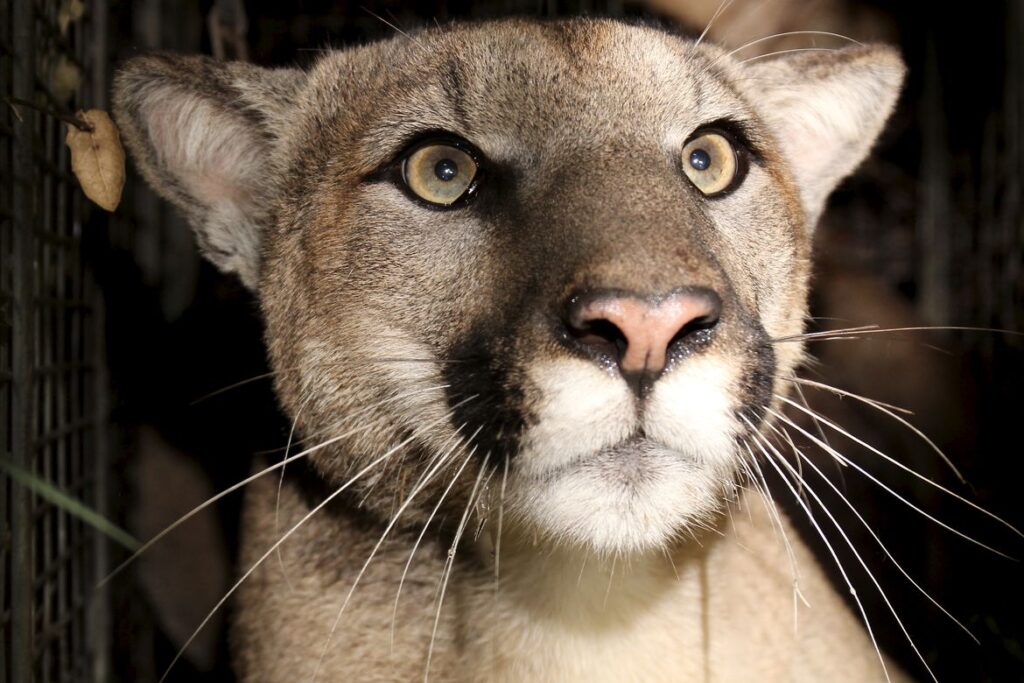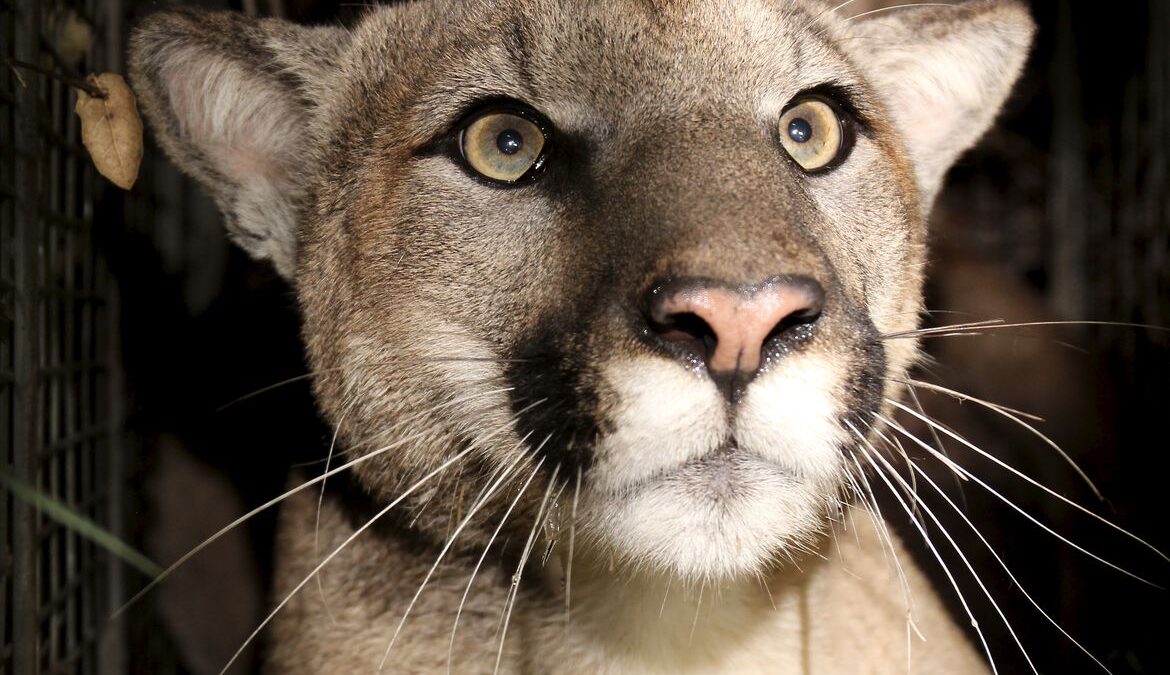
A UCLA-led study suggests that genetic isolation is impacting isolated local mountain lion populations more rapidly than previously thought.
Scientists tracking two local mountain lion populations, one in the Santa Monica Mountains and another in the Santa Anas, knew that both populations are at risk for genetic abnormalities. Both study areas are isolated by freeways that prevent the big cats from dispersing into other areas with more genetic diversity. Now, the first reproductive signs of inbreeding have been identified.
“The animals averaged a whopping 93 percent abnormal sperm rate, while some also displayed physical signs of inbreeding, like deformed tails or testicular defects,” a press release from UCLA states. “Researchers have long had genetic evidence of inbreeding, but the malformed sperm is the first evidence that inbreeding is manifesting in the reproductive system.”
“This is a serious problem for an animal that’s already endangered locally,” said the study’s lead author, Audra Huffmeyer, National Geographic Explorer and a UCLA postdoctoral researcher who studies fertility in large cat species. “It’s quite severe.”
The researchers found four cats with kinks in their tails, including one that also had only one descended testicle. Both mountain ranges included at least one mountain lion with a malformed tail and one with abnormal sperm.
The study, scheduled for publication in the January 2022 print edition of the journal Theriogenology, lends added urgency to the The study finds that there is a real risk of extinction for the mountain lions in the Santa Monica and Santa Ana ranges.
“That’s why these recent findings of physical manifestations of inbreeding are so significant,” said Seth Riley, the wildlife branch chief at Santa Monica Mountains National Recreation Area and a researcher and adjunct associate professor at UCLA.
“We are not yet seeing the declines in survival, reproduction and physical condition that they saw in Florida, but seeing these signs of it is a major concern and potential harbinger of further, more serious issues.”
Caltrans is expected to break ground on the Liberty Canyon wildlife bridge over Highway 101 later this year, and there are tentative plans for a wildlife crossing over Interstate 15 in Riverside County to help save the Santa Ana lions.
“If we don’t do anything to add genetic diversity, the end is near,” Huffmeyer stressed. “That sounds dramatic, but that’s what we’ve seen.”






My wife and I have contributed several times to the wildlife bridge! Hope others can do the same!
Thank you, Lee! I hope so, too!